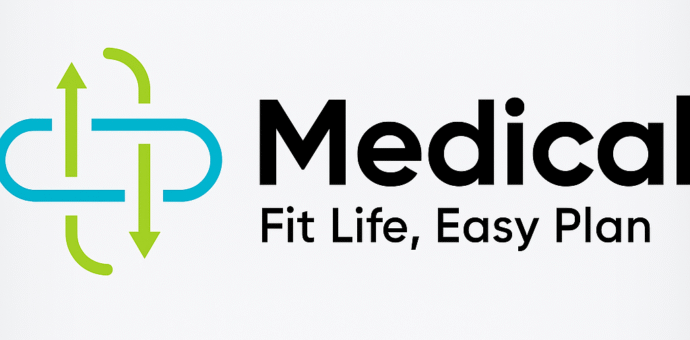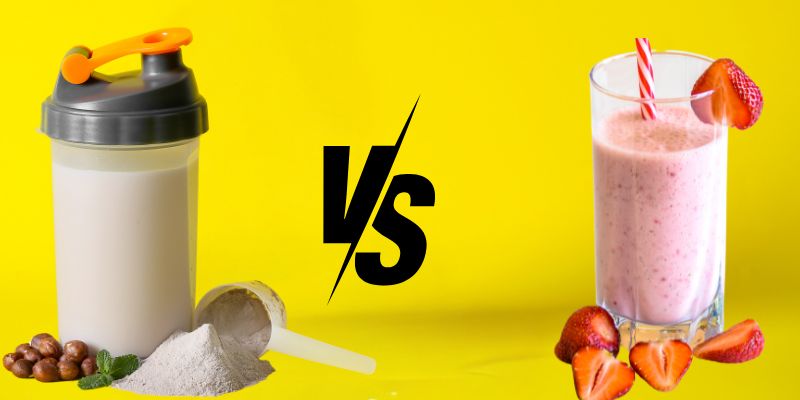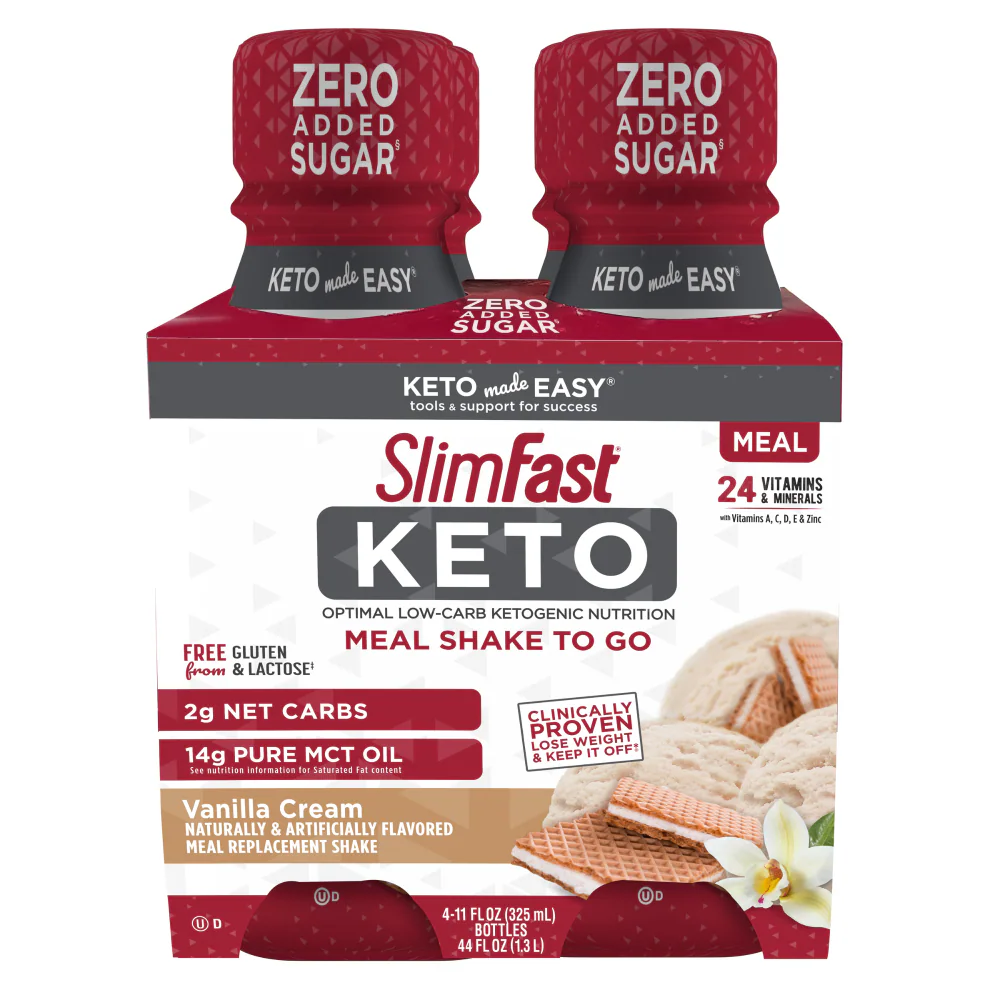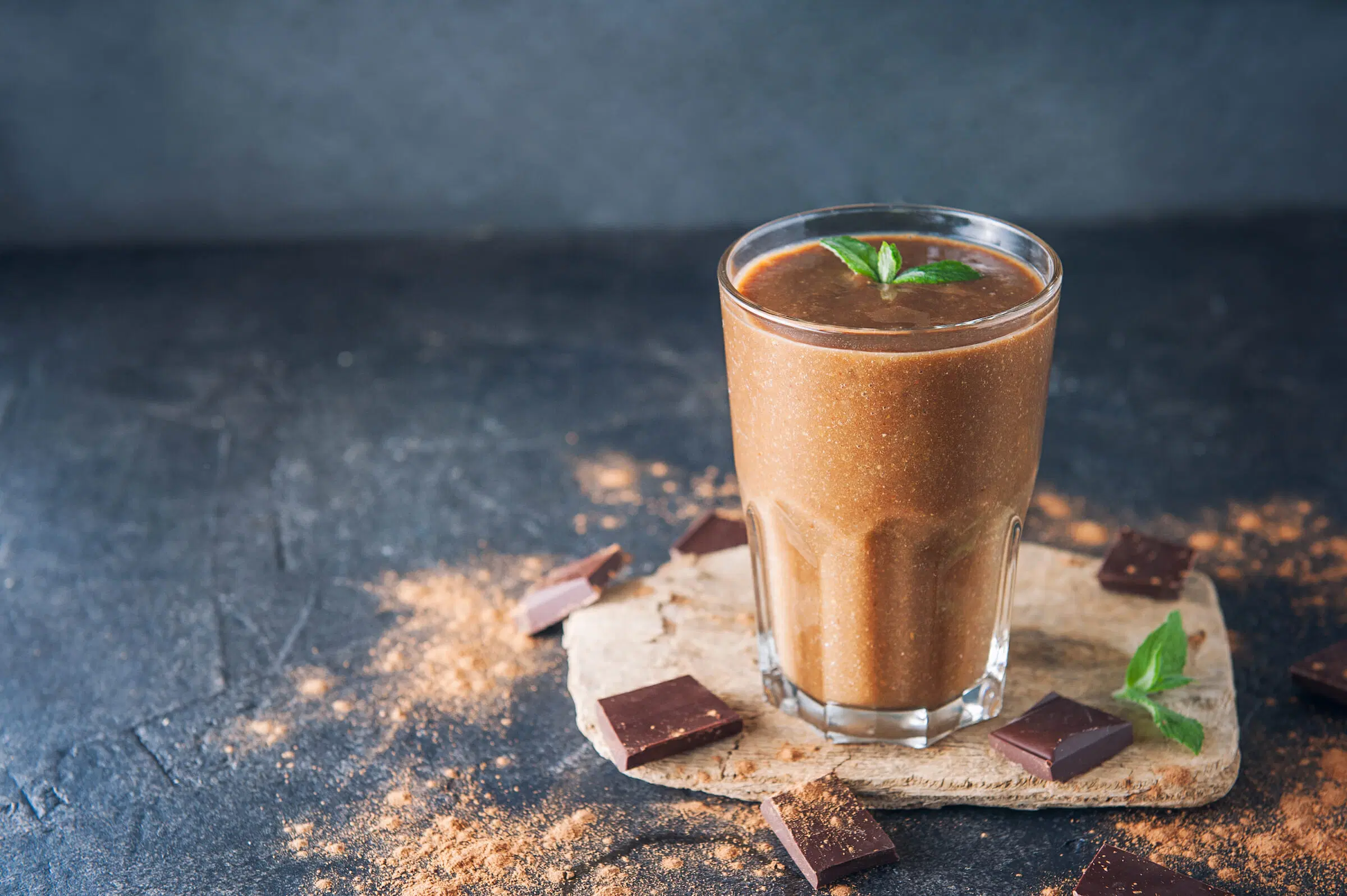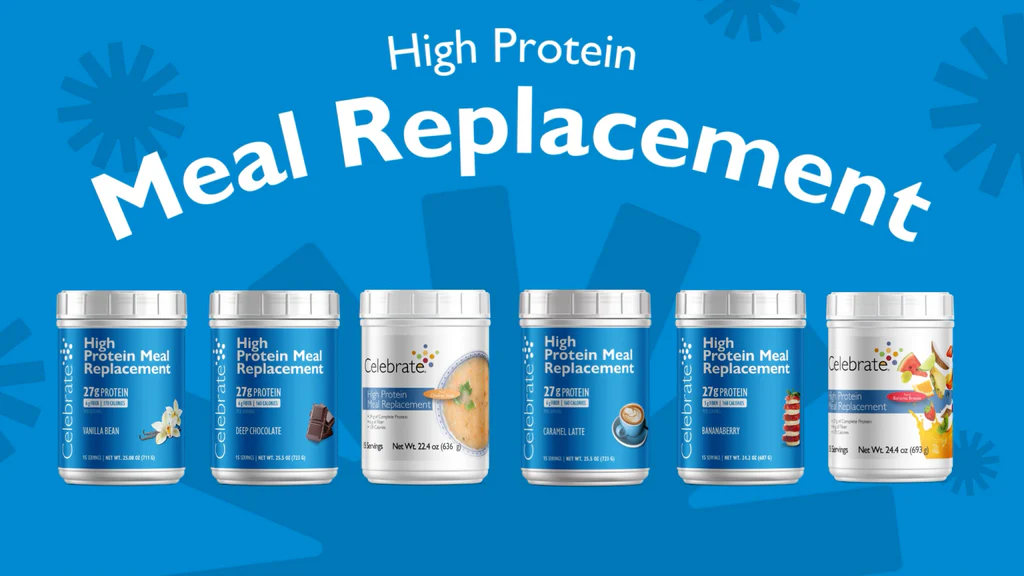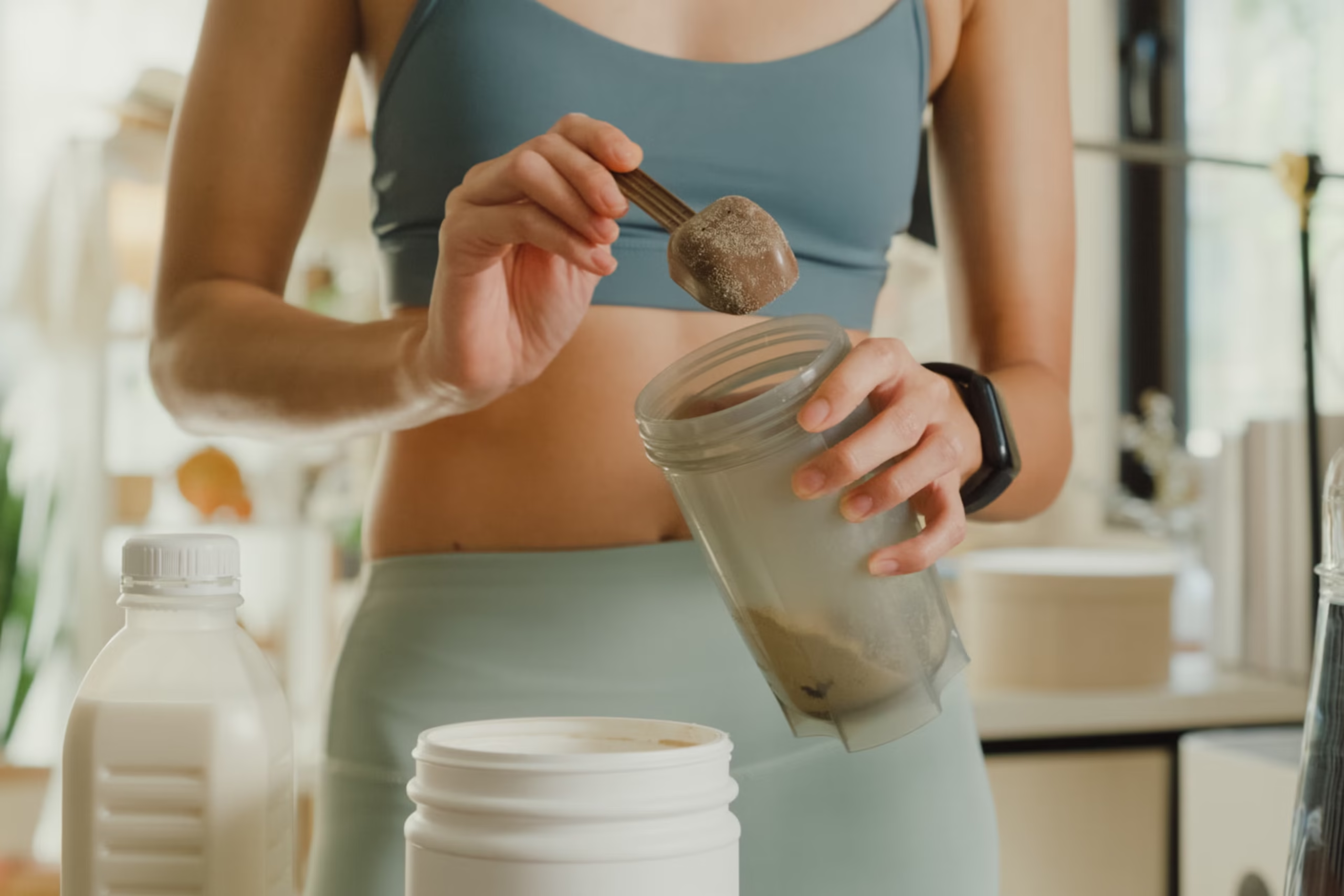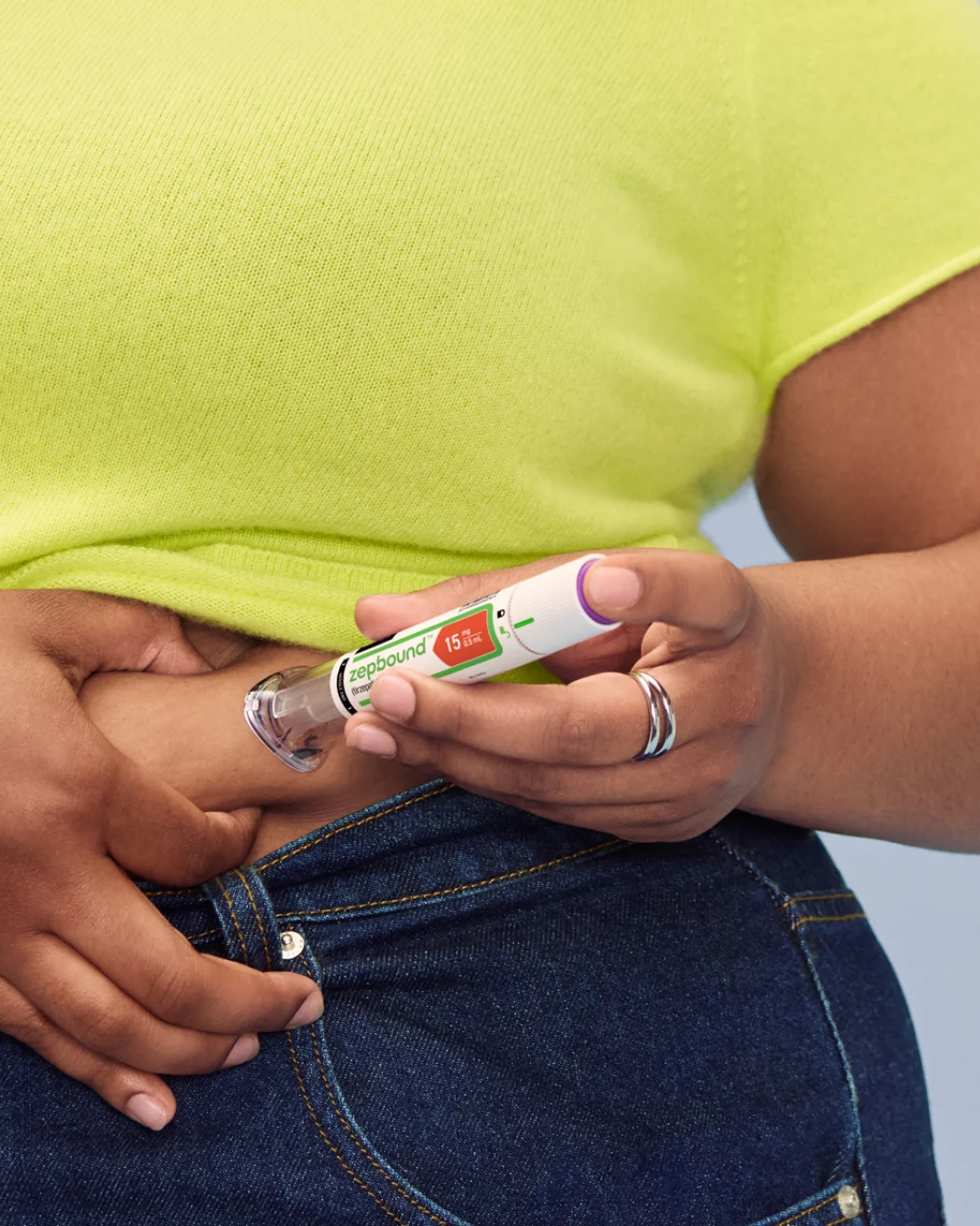Can You Live on Meal Replacement Shakes? A Post-Pregnancy Reality Check for New Mums
The weeks after birth are beautiful—and overwhelming. Between feeds, naps, and figuring out a whole new routine, it’s easy to miss meals or graze on whatever’s nearby. That’s why so many new mums ask, “can you live on meal replacement shakes?” Shakes are quick, filling, and predictable—exactly what chaotic days seem to demand. But living only on shakes isn’t the long-term answer for most people, especially post-pregnancy when recovery, nutrients, and (for many) breastfeeding needs come first.
This friendly guide explains where meal replacement shakes shine, where they fall short, and how to use them safely and sanely during postpartum life. We’ll cover label tips, gentle weekly planners, breastfeeding caveats, and small habits that make everything easier—without turning your kitchen into a science lab.
Can You Live on Meal Replacement Shakes? The Short Answer
You could rely on shakes for short, structured periods under professional guidance, but you generally shouldn’t “live” on them—especially after pregnancy. Whole foods provide texture, diverse fibers, phytonutrients, and social rituals that shakes can’t fully replace. For most new mums, the sweet spot is using 1–2 shakes a day as reliable anchors while keeping simple, real-food meals and snacks in the mix.
For evidence-based postpartum nutrition basics, see the NHS guidance (external): https://www.nhs.uk/conditions/pregnancy-and-baby/your-body-after-baby/
Why Shakes Appeal Right Now (And Why That’s Okay)
-
Predictable energy: A defined calorie/macro profile cuts decision fatigue when you’re running on 5 hours’ sleep.
-
Fast and portable: 30–60 seconds to make; ready-to-drink options for clinic runs and pram walks.
-
Portion control: Helps curb chaotic snacking and late-night raids.
Shakes are tools, not magic. Used thoughtfully, they create just enough structure to keep you nourished while life is messy.
When a Shake “Plan” Helps More Than Hurts
Good use cases
-
You routinely skip breakfast and overeat later.
-
You need a no-think lunch during appointment days.
-
Evenings are the danger zone; a shake at 3–4 p.m. tames the snack spiral.
Flags to slow down
-
You’re breastfeeding and unsure about calorie/protein needs.
-
You’re tempted to run a very low-calorie plan for quick loss (not wise postpartum).
-
You’re using shakes to avoid eating altogether or feel anxious about solid food.
If breastfeeding or managing a health condition, speak with your midwife, GP, or dietitian before changing your intake. For general healthy eating principles, see NHS Eat Well (external): https://www.nhs.uk/live-well/eat-well/
How Many Shakes Make Sense Post-Pregnancy?
Most new mums do well with one shake daily, and two on busier days. More than that is rarely necessary and can crowd out fiber variety, iron-rich foods, and omega-3s your body benefits from after birth.
A balanced shake target
-
Calories: ~200–350 (true meal replacement range)
-
Protein: 20–30 g (whey/casein or soy/pea)
-
Fiber: 3–10 g (or add berries/chia/flax)
-
Added sugar: keep modest; look for short, understandable ingredient lists
-
Micros: useful if a shake is standing in for breakfast/lunch
Smart Label Decoder (60-Second Scan)
When you’re shopping one-handed while cuddling a sleepy baby, scan for:
Green flags
-
Protein ≥20 g
-
Fiber ≥3 g (or plan to add)
-
Calories ≥200 for meals (very low kcal shakes often won’t hold you)
-
Clear vitamins/minerals list
Watch-outs
-
Under-protein (<15 g) → hunger returns fast
-
Ultra-low calories (<150 kcal) → more a snack drink than a meal support
-
Sugar spikes → energy crash during the evening witching hour
Want to compare options by protein type, fiber, calories, and flavor? Try our Meal Replacement Finder. (Internal link)
A Gentle 7-Day Post-Pregnancy Rhythm Using Shakes (Flexible, Not Rigid)
Daily template (adjust for hunger, recovery, and breastfeeding needs):
-
Breakfast (2–3 mins):
-
Meal replacement shake + ½ cup berries
-
Water or herbal tea
-
-
Mid-morning snack:
-
Greek yogurt or cottage cheese + cucumber
-
-
Lunch:
-
Simple wrap/salad with lean protein or a second shake + veg sticks/hummus
-
-
Afternoon:
-
Apple + peanut butter or a handful of nuts
-
-
Dinner:
-
Protein (fish/chicken/tofu) + two veg + small whole-grain/potato
-
-
Evening (if truly hungry):
-
Warm milk/fortified plant milk or a small soup
-
When two shakes/day makes sense
-
Appointment days, travel, or especially low energy.
-
On calmer days, drop back to one and nudge up whole-food meals.
For more practical postpartum strategies, see Post-Pregnancy Weight-Loss Tips. (Internal link)
Can You Live on Meal Replacement Shakes While Breastfeeding?
Short answer: don’t make shakes your sole intake. Breastfeeding can increase energy and fluid needs; micronutrients and varied fibers matter. You can include meal replacement shakes, but ensure overall calories are adequate and meals remain protein- and veg-forward. If weight loss is a goal, go slow and check in with your clinician so supply and recovery aren’t compromised.
Tiny Upgrades That Keep You Satisfied (Without Big Calories)
-
+ Fiber: 1 tbsp chia or ground flax (+4–5 g fiber)
-
+ Creaminess/Calcium: 80–120 ml milk or fortified plant milk
-
+ Antioxidants: ½ cup frozen berries
-
+ Texture: Ice + blender = thicker, more “meal-like” shake
-
Flavor without sugar: Cinnamon, cocoa, vanilla extract, a splash of espresso
Real-Life Scenarios (Because Days Aren’t Predictable)
Skipped breakfast again
Blend a shake with berries; drink half now, half during nap time.
Lunch evaporated
Shake + fruit + a handful of nuts = quick, balanced mini-meal.
Evenings unravel
Keep a shake for late afternoons, eat a simpler dinner, and try an early “kitchen closed” cue (brush teeth or herbal tea).
Travel day
Pack a ready-to-drink bottle and a dry sachet; keep a foldable shaker in your nappy bag.
What About Long-Term Health? (Beyond the “Can You Live on Meal Replacement Shakes” Question)
Consistently hitting protein + fiber targets supports satiety, gentle weight loss, and steadier energy—great for mood and patience when sleep is choppy. But whole foods bring extras shakes can’t fully match: texture for digestive health, diverse plant fibers, iron-rich options, omega-3s from fish, and the social joy of shared meals. Over months, aim for shakes as anchors, not a permanent replacement for everyday eating.
Safety Snapshot (Common Sense, But Important)
-
If you have diabetes, thyroid issues, anaemia, or post-surgical recovery, ask your clinician for personalized advice.
-
If any product upsets your stomach, switch protein type (e.g., try soy/pea) or reduce add-ins.
-
Stay hydrated; thirst can masquerade as hunger.
-
Prioritise sleep cues—dim lights, screens off—to reduce night snacking.
FAQs: Can You Live on Meal Replacement Shakes?
Is two shakes a day okay postpartum?
Often yes—especially on busier days—if the rest of your intake includes balanced real-food meals/snacks. Most mums thrive with 1–2 shakes, not more.
Do I need to count calories?
Not strictly. Let the shake offer portion control; adjust snacks and dinner portions based on hunger and progress.
Plant vs. milk protein—does it matter?
Both can work. Many mums find whey great in the morning and pea/soy gentler later in the day.
How long can I lean on shakes?
Use them as training wheels while life is hectic. As routines settle, slide toward more whole-food meals and keep one shake for your busiest window.
A Kinder Bottom Line
Asking “can you live on meal replacement shakes?” is really about wanting something sustainable. For most post-pregnancy women, the best path is one daily shake, two on wild days, plus simple, real-food meals that respect your energy, recovery, and—if applicable—breastfeeding needs. Add tiny upgrades (fiber, berries, a splash of milk), keep hydration and sleep cues in view, and let the routine evolve with you and your baby. You don’t need perfection—just repeatable, gentle habits that make good choices easier.
Explore and compare options by calories, protein type, fiber, and flavor with our Meal Replacement Finder. (Internal link)
For wider post-pregnancy guidance, review the NHS resource above. (External link)
